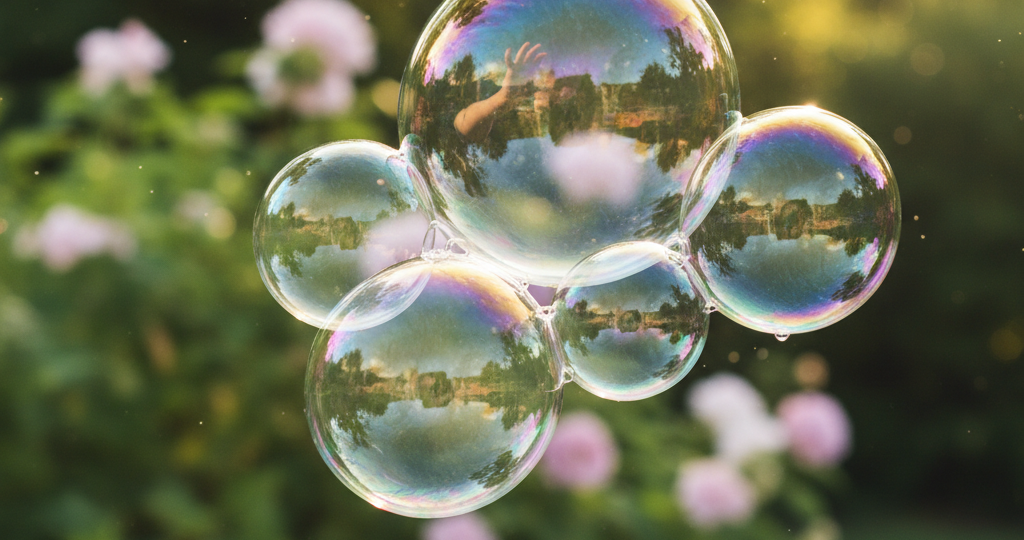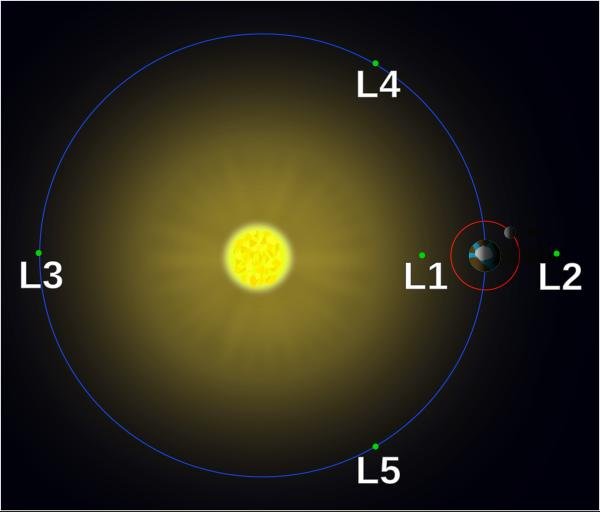
Note: It is a tight week for me, so no series this week. I will be writing from random ideas that I’ve archived over months.
There’s something magical about a soap bubble. It’s weightless, colorful, and gone in seconds — a tiny universe that floats for a moment before popping. But behind that delicate shimmer is a beautiful mix of chemistry, physics, and art.
A bubble is just a thin film of water trapped between two layers of soap molecules. Those molecules have a split personality — one end loves water, the other hates it. When they surround a bit of air, they form a perfect sphere, the most efficient shape in nature. It’s geometry and surface tension working together in harmony.
The colors? That’s light playing tricks. When sunlight hits a bubble, it bounces off the inner and outer surfaces of the soap film. Some wavelengths cancel out, others reinforce — creating the swirling rainbow we see. It’s basically nature’s own light show, powered by physics.
Scientists have been fascinated by bubbles for centuries. Physicist Joseph Plateau in the 1800s studied how soap films form minimal surfaces — shapes that use the least energy possible. His work helped inspire fields like architecture and materials science. Today, the same principles guide everything from designing stronger glass to building space structures.
RELATED POSTS
View all


